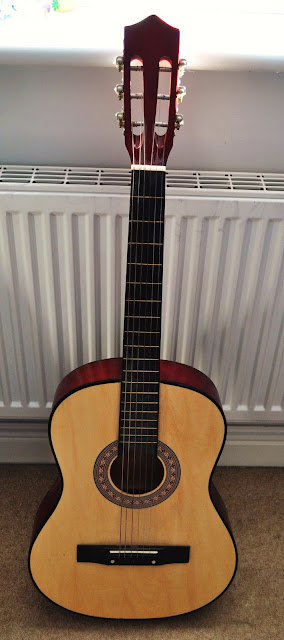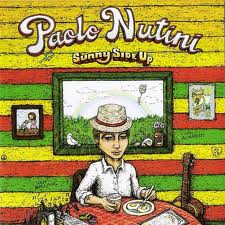Textual analysis of a music video
“You Need Me, I Don’t Need You” by Ed Sheeran, released February 2010
Sheeran challenges the hip-hop, rap, street genre by rapping about something not usually expressed in rap songs. He also challenges the genre by combining his usual genre of acoustic genre with rap, which is rare but very effective, doubling the audience by attracting audiences of two genres. The performer and costume are both identifiers of the hip-hop genre. The performer is young, black, he wears baggy jeans, trainers and a leather jacket that are typically trendy and stylish amongst youth. His general look is associated with the London based hip-hop youth. This is also presented in the street dancers’ costumes.


In a way there is a constant link between the lyrics and visuals, illustrated by the solitary male character performing the song in sign language. This character is generic of the hip-hop genre in appearance, black skin, wearing leather and low cut jeans. As an audience, we expect him to dance and perform in a way that matches the hip-hop genre, however the sign language challenges this expectation. It, in a way, conforms to the genre as the way the man does his sign language looks like a dance, and looks like the way some rappers gesticulate when they perform.
There are also specific examples of links between lyrics and visuals, such as “I’m selling CDs from my rucksack”
The cutting of the video changes with the beat of the song, particularly visible when there is a very fast beat, and cut-away shots are used incredibly fast. There is also a link between the music and the visuals, seen within the changes in lighting. As well as cutting to the beat, the lighting changes to the beat too. A very strong beat, at the end of the verse for instance, is accompanied by a bright flash of light that fills the screen. This very fast, bright white light creates the impression of a negative image in contrast to the previously all-black images and because of this is very effective.
The music video is performance based, though only brief split-second glimpses of the artist are actually seen. In these shots, close ups of the guitar Sheeran as plays it, or a silhouetted image of him, are shown.
Instead, it is the young black signer that is performing, and it is an alternative dance performance accompanied by a street dance rather than singing. This relates to Goodwin’s theory as the hip-hop genre is demonstrated by the dance routine.
Following on from this, Sheeran has developed a motif by appearing as a cameo in his videos. Within this video and his first video, A-Team, he has only appeared a few times. He was a reasonably unknown artist (in the way that more and more people were hearing his songs and learning his name, though many of those wouldn’t have known what he looks like) he is, in a way, playing a game with the audience. Some would watch both videos without noticing that these brief glimpses are of the artist himself. This is very effective, especially in this video, as the final shot is a slightly longer shot of Sheeran standing alone. By using this shot he has given the chance for the audience to identify him, furthering this by using that final image as the cover of his debut album. In this way, he is promoting his debut album.
The video does this in other ways too, with other visual motifs, firstly with Ed Sheeran’s signature image paw print as an identifier of his work. This image has appeared multiple times in his work and is easily identified by his fans.
Also, this symbol flashes on the screen by use of a quick cut within the video. It is imagery from his debut album “Ed Sheeran”, thus promoting the album.
There is a brief inter-textual reference to Rufio from Disney’s film “Hook” within the imagery and the lyrics: “never growing up, call me Rufio”. This character, in the film, is a boy with big punk-styled hair, and is rebellious in both personality and appearance. Sheeran has used this as a metaphor for how he can be rebellious and childish in the way he writes his songs. He uses this as a way to create a quirky identity for himself.
The location of the video stays the same throughout, yet it is surreal and unidentifiable. It seems safe though there is nothing to indicate neither safety nor danger.
Throughout the video, there are many close up shots of the main character with a powerful stare. He is looking directly into the camera, which draws the audiences’ eyes straight to his. This relates to Goodwin’s theory which states “there is frequently reference to the notion of looking”, creating communication between audience and the performer.
Ed Sheeran’s fashion sense is very much high-street fashion, “townies” can identify with his casual but trendy fashion. The hip-hop street fashion of the dancers and the main character will attract other groups of people, as those who dress similarly to Sheeran might not necessarily like the fashions of the dancers, and vice versa.
The audiences of Ed Sheeran can easily access his music from places such as YouTube, iTunes, and Spotify. Sheeran’s music can also be listened to on multiple radio stations, from Heart to Kiss FM, and his videos are played on TV based radio stations such as VIVA and 4Music. Apart from this, his official website offers free viewing of the videos, and an occasional Live Stream, which would greatly attract the audience to his web page.













































